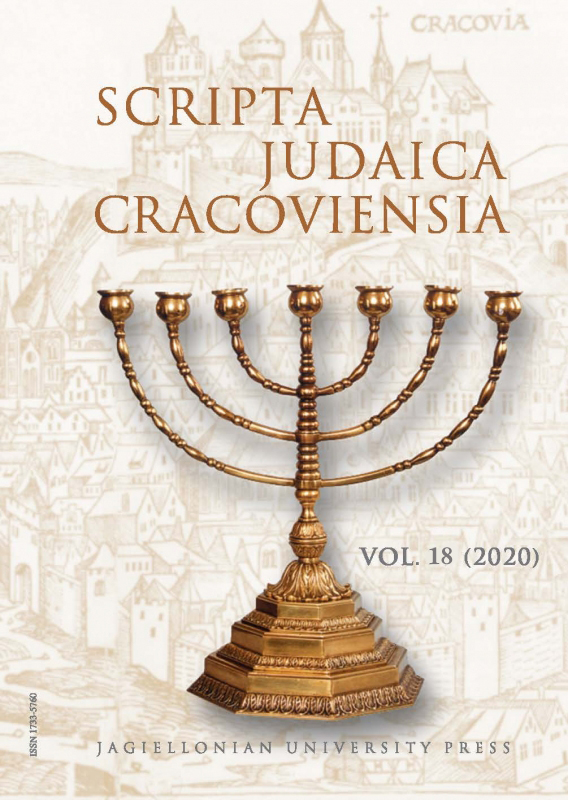The Consequences of the Lviv Pogrom on November 22–23, 1918, in Light of the Findings and Actions of the Jewish Rescue Committee
The Consequences of the Lviv Pogrom on November 22–23, 1918, in Light of the Findings and Actions of the Jewish Rescue Committee
Author(s): Wacław WierzbieniecSubject(s): Jewish studies
Published by: Wydawnictwo Uniwersytetu Jagiellońskiego
Keywords: Jews; Lviv; pogrom; Jewish Rescue Committee; antisemitism; material damage; victims; material aid
Summary/Abstract: In the areas that became part of the Second Polish Republic, manifestations of antisemitism became more pronounced at the end of World War I and at the beginning of the interwar period. These manifestations often turned into acts of violence against Jews, as became apparent in many towns with Jewish populations. The Lviv pogrom on November 22–23, 1918 was particularly devastating. The Jewish Rescue Committee, established at Lviv at that time, was very active in providing help to the injured, determining the number of casualties and wounded, and determining the extent of material damage resulting from the robberies and acts of destruction, including arson. According to the findings of the Jewish Rescue Committee, 73 people died and 443 were wounded as a result of the pogrom. The estimated material damage amounted to 102,986,839 Kr,[1] with a total of 13,375 people affected. The actions taken by the Jewish Rescue Committee to help the victims were extremely important and effective, but they did not fully satisfy the existing social needs.
Journal: Scripta Judaica Cracoviensia
- Issue Year: 2020
- Issue No: 18
- Page Range: 33-48
- Page Count: 16
- Language: English

